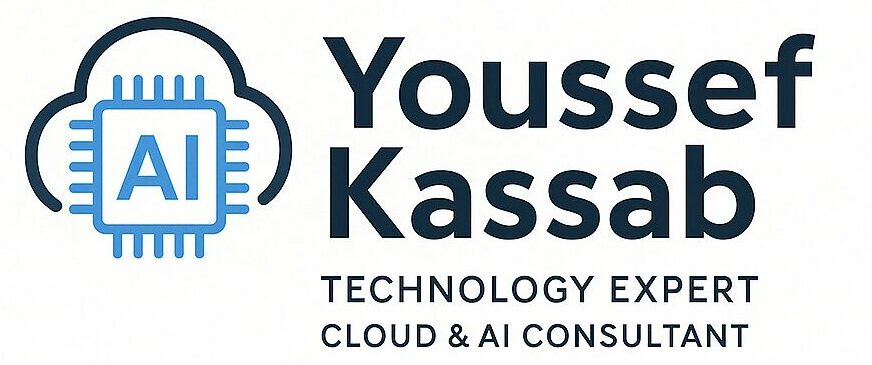
by Youssef Kassab | Dec 12, 2023 | WordPress
In a world where digital presence is synonymous with business success, small business owners like you face the exciting, yet often daunting, challenge of establishing an impactful online identity. Whether you’re a local artisan, a startup founder, or running a...

by Youssef Kassab | Oct 15, 2024 | WordPress
In today’s digital age, having a professional and high-performing website is crucial for any business or personal brand. However, the process of building, maintaining, and optimizing a website can be daunting for those who lack technical expertise. Enter Bluehost, a...

by Youssef Kassab | Jul 28, 2024 | Reviews
In today’s competitive business landscape, small businesses need robust and efficient marketing tools to stand out. Among the numerous options available, HubSpot emerges as the best AI marketing tool for small businesses. Here’s why: 1. Comprehensive Marketing...

by Youssef Kassab | Apr 23, 2024 | WordPress
In the ever-evolving world of website development, artificial intelligence (AI) has emerged as a groundbreaking force, transforming how businesses interact with their audiences. WordPress, a platform known for its versatility and ease of use, is at the forefront of...

by Youssef Kassab | Mar 17, 2024 | Reviews
In an era where artificial intelligence (AI) is reshaping industries, ChatSpot emerges as a beacon for the future of digital marketing. Developed by HubSpot, ChatSpot is not just an AI marketing bot; it’s a comprehensive solution designed to elevate your...

by Youssef Kassab | Mar 15, 2024 | Reviews
In the rapidly evolving landscape of digital marketing, staying ahead means leveraging the latest technologies to enhance your business processes. HubSpot, a leading growth platform, has been at the forefront of integrating artificial intelligence (AI) into its suite...

by Youssef Kassab | Mar 12, 2024 | WordPress
In the digital age, where personalized customer experiences are not just valued but expected, integrating artificial intelligence (AI) into your marketing strategy is a game-changer. HubSpot, a leader in inbound marketing, sales, and customer service software, stands...

by Youssef Kassab | Mar 3, 2024 | Reviews
In the rapidly evolving world of digital marketing, staying ahead of the curve is not just an advantage; it’s a necessity. Amidst a plethora of tools claiming to revolutionize your marketing strategy, one platform stands out for its comprehensive capabilities...

by Youssef Kassab | Feb 16, 2024 | WordPress
In the digital age, the integration of HubSpot with WordPress represents a strategic alliance that can significantly elevate a business’s online engagement and operational efficiency. This 1000-word article will delve into the multifaceted benefits of this...

by Youssef Kassab | Feb 9, 2024 | WordPress
In the era of digital transformation, chatbots have become an essential tool for enhancing user engagement and providing immediate assistance to website visitors. Microsoft Azure AI offers robust and flexible services to create intelligent chatbots that can be...

by Youssef Kassab | Feb 2, 2024 | WordPress
Welcome to the final chapter of “Digital Foundations.” Throughout this series, we’ve explored how to create, optimize, and market your WordPress site for your small business. As we conclude, it’s crucial to understand that building a website is not a...












